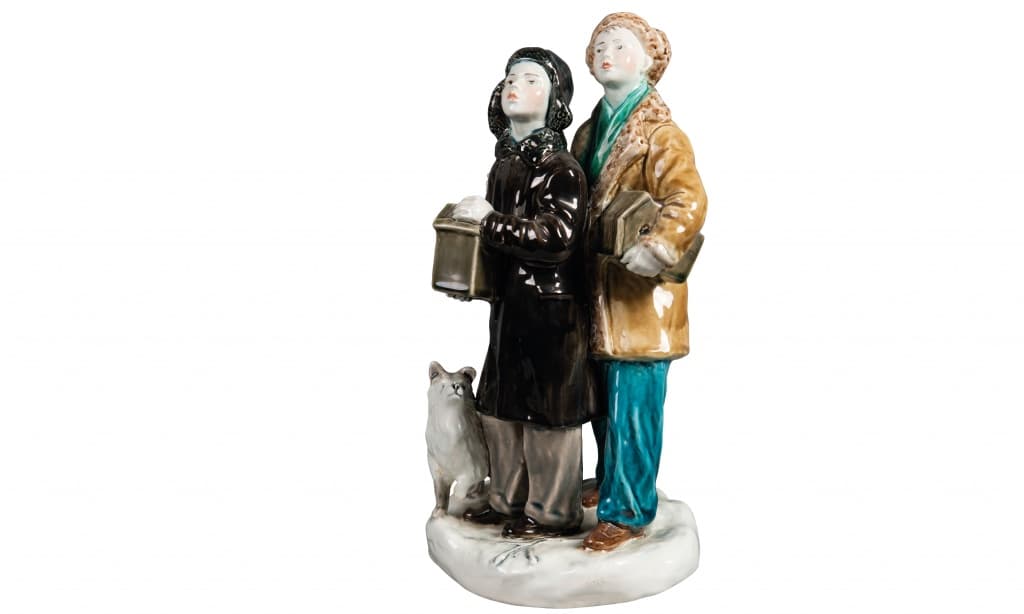The All-Russian Decorative Art Museum presents its project of the year, “100 STORIES.” It is a research project in which the exhibits will reveal their unexpected side through personal stories of the people who were involved in preparing the exhibition — museum staff and invited experts.
“My curatorial project identifies possible ways of updating the museum’s collection,” comments Alina Saprykina, chief curator of the museum. “The exhibition was prepared with the engagement of people of different professions, ages, or aesthetic preferences. I wanted to show how close decorative art is to everyday life. In particular, the period between 1922 and 1991 is featured. Each contributor picked from the collection one item that is of particular interest to them, and wrote a small essay about it. These texts became an important part of the exhibition, along with the pieces of art. That way, the museum came into possession of a study revealing how different audiences speak about Soviet times, depending on whether they were brought up in that period, or saw it in decline, or have a very vague idea about. . .”

Project contributors: Piotr Aven, Andrey Bartenev, Alexander Vasiliyev, Ingeborga Dapkūnaitė, Alexey Ivanov, Marina Loshak, Pavel Lungin, Monetochka, Misha Most, Irina Prokhorova, Chulpan Khamatova, Ilya Khrzhanovsky, Evelina Khromchenko, Nikolay Tsiskaridze and others.
Nikolai Fomenko, actor: “For me, decorative art is the most important art, because it is in small forms that authors convey historical milestones of the country’s life with surprising accuracy. It is these works that reveal life, a life that is free from the pressure of ideologies and propagandas, a pure and real life”.
Vitaly Kurennoy, philosopher: “The Dymkovo toy is an amazing example of how the industrial Soviet civilization created an environment for a revival of handicrafts. The fascinating story of a little clay toy refutes numerous seasoned theorists and allows us to get a better understanding of the inner mechanisms of modern culture.”
Elena Titova, Director, All-Russian Museum of Decorative Arts: “I am pleased that the museum is implementing a project that made it possible for decorative arts to be revealed through the life stories of our guests. My choice was Sogdiana, a colored crystal composition created by Vladimir Muratov, an artist whose works are distinguished by an uplifting spirit and energy. The composition, with its austere and elegant outline, evokes multiple associations that take us back to the times of the earliest, vanished civilizations. Looking at Sogdiana, you can meditate for hours. And, at the same time, talking about modern design, today’s glassworks, this is undoubtedly one of the world’s most significant art pieces!”
























